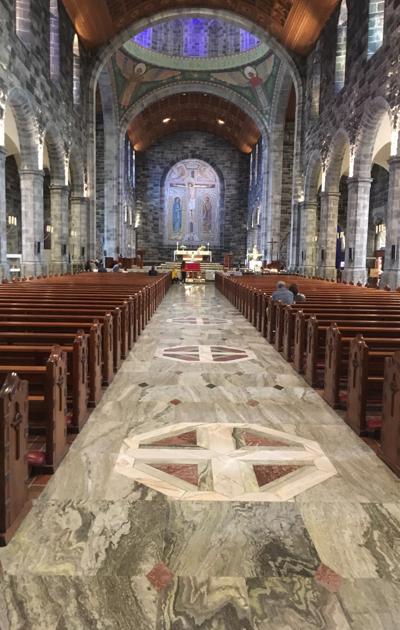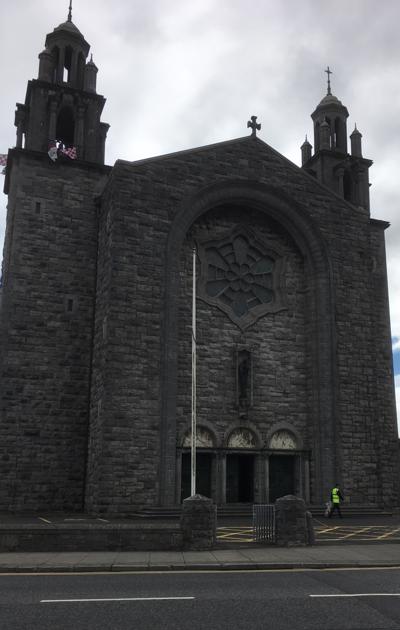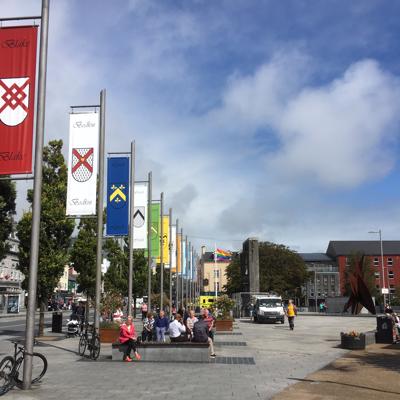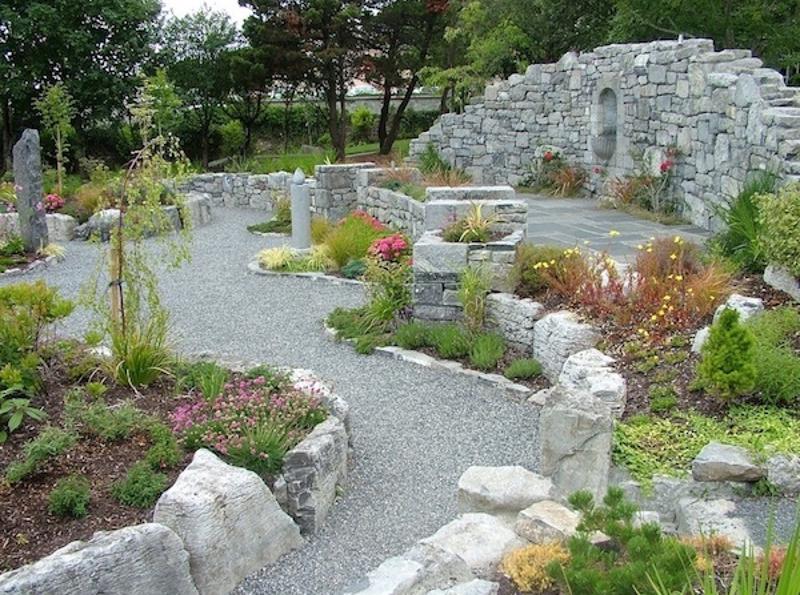Stephen E. Braddock's Ireland Diary
I drove into Galway City today for lunch and to have a look around. I was scheduled to stay there Wednesday and Thursday. But, I found the city overrun with tour buses and very crowded. I walked the city center, visited a few sites, and decided not to spend two days more.
Tomorrow, I will return to the Wild Atlantic Way and spend two days in the village of Ballyvaughan at the Wild Atlantic Lodge right on the West Atlantic Coast.
From there, I will continue north along the coast, through Connemara National Park, and up to County Sligo and County Donegal for the two days I would have spent in Galway City.
Pictured below is the Salmon Weir Bridge. Built in 1818, it is the oldest surviving bridge over the River Corrib.
frbraddock
23 chapters
16 Apr 2020
Day 13: Galway City
August 20, 2018
|
Galway City, County Galway
I drove into Galway City today for lunch and to have a look around. I was scheduled to stay there Wednesday and Thursday. But, I found the city overrun with tour buses and very crowded. I walked the city center, visited a few sites, and decided not to spend two days more.
Tomorrow, I will return to the Wild Atlantic Way and spend two days in the village of Ballyvaughan at the Wild Atlantic Lodge right on the West Atlantic Coast.
From there, I will continue north along the coast, through Connemara National Park, and up to County Sligo and County Donegal for the two days I would have spent in Galway City.
Pictured below is the Salmon Weir Bridge. Built in 1818, it is the oldest surviving bridge over the River Corrib.

The original purpose was to link the county courthouse with the county gaol on Nun’s Island, the latter having stood where Galway Cathedral now stands.
The Salmon Weir itself is a low dam built across the river, further downstream from the bridge. The weir was originally built from stone and wood but only two of the original weir gates remain and are only opened in times of flood. The other fourteen gates have been replaced by modern steel gates, specially constructed to allow safe passage for wild Atlantic salmon making their journey back to the lake.
The Wolfe Tone Bridge is the last one spanning the Lower Corrib before the river empties into Galway Bay. It is named after Theobald Wolfe Tone. He was an 18th century member of the United Irishmen and leader of the Irish Rebellion of 1798 against the British. Their defeat led to the Act of Union 1800, causing Ireland to become part of the United Kingdom.
The bridge is located on Fr. Griffin Road in memory of Fr. Michael Griffin. Fr. Griffin was a Catholic priest arrested by the temporary constables called Black and Tans in 1920 during the Irish War of Independence. A few days later his body was found with a bullet in his head.

The Cathedral of Our Lady Assumed into Heaven and St Nicholas commonly known as Galway Cathedral, is a Roman Catholic cathedral and one of the largest and most impressive buildings in the city.
Construction began in 1958 on the site of the old city prison (gaol). It was completed in 1965, making it the last great stone cathedral to be built in Europe, and as such is the youngest of Europe's great stone cathedrals.
It was dedicated, jointly, to Our Lady Assumed into Heaven and to St. Nicholas on 15 August 1965. Which means I am old enough to have been dedicated before the Cathedral!


A bust of US President John F. Kennedy stands in the Eyre Square park.
The park is also named after him, and it was erected on the spot from where he addressed the people of Galway on a visit in 1963.
JFK received a phenomenal welcome in the city and was made a Freeman on the same visit.
Galwegians consider this visit to be one of the most important events in the history of the city, because of the very strong connections with the United States and the fact that Kennedy was proud to proclaim his Irish ancestry.
Following his visit, Galway Corporation updated and modernized the park and renamed it John F Kennedy Park, although it is widely known as Eyre Square.


The Circle of Life Garden is a remarkably beautiful stone sculpted national commemorative garden to commemorate and celebrate the lives and generosity of spirit of organ donors.
Its inclusive and welcoming design and aura of mysticism and healing provide a very special place to remember and reflect on loved ones.
The garden reflects the various stages of the journey of life and is a place to remember and celebrate the generosity and nobility of human nature. Its richness of imagery, symbolism, and sentiment offers an inspirational and memorable experience.
No wonder that nice Brit lady was looking and me strange! I have no idea how long I was walking around wearing two pairs of eye glasses!


1.
Off to the Emerald Isle!
2.
Day 1: Dublin
3.
Day 2: Dublin
4.
Day 3: Dublin
5.
Day 4: Rosslare Harbour
6.
Day 5: Kinsale
7.
Day 6: Kinsale Part Two
8.
Day 7: The Wild Atlantic Way Begins...
9.
Day 8: The Wild Atlantic Way to Killarney
10.
Day 9: Tralee
11.
Day 10: Tarbert
12.
Day 11: Loop Head
13.
Day 12: Ballinasloe, Clarke Family History, & Knock Shrine
14.
Day 13: Galway City
15.
Day 14: Ballyvaughan - The Burren, County Clare
16.
Day 15: Cliffs of Moher. ALONE!!!
17.
Day 16: Connemara & Sligo
18.
Day 17: Sligo and Great Grandparents Devins
19.
Day 18: Roscommon & Athlone
20.
Day 19: Kildare, County Kildare & Dublin City
21.
Day 20: Mountjoy Prison, Dublin
22.
Day 21: Erin Go Bragh!
23.
Notes: Places I'd Stay Again
Share your travel adventures like this!
Create your own travel blog in one step
Share with friends and family to follow your journey
Easy set up, no technical knowledge needed and unlimited storage!